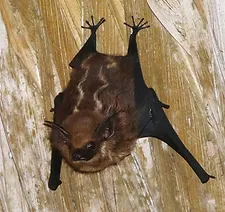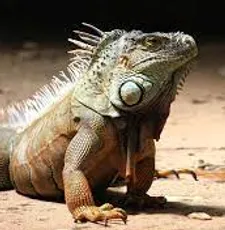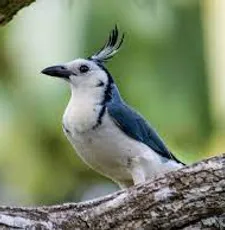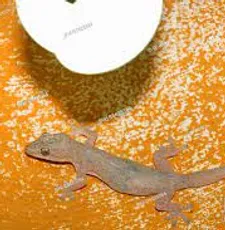Wildlife Around The Villa
Encounter Costa Rica’s Wildlife at Villa Buena Onda: Experience the Magic of Local Fauna
A Message From the VBO Team
The “Villa Wildlife” section on Villa Buena Onda’s website offers guests an insight into the diverse wildlife around the villa, including species like Coatis, Bats, Howler Monkeys, Iguanas, Blue Crowned Motmots, Geckos, and Bananaquits, emphasizing the unique opportunity to experience Costa Rica’s rich natural environment.
Please refrain from engaging with or feeding any of the local wildlife you might encounter during your stay. Thank You!
COATI
Coatis, also known as coatimundis, are members of the family Procyonidae in the genera Nasua and Nasuella. They are diurnal mammals native to South America, Central America, Mexico, and the southwestern United States. The name “coatimundi” comes from the Tupian languages of Brazil, where it means “lone coati”.
Similar to Raccoons from the United States, Coatis are a little braver than the other animals that inhabit the property. They’re generally aloof to people while still keeping their distance. They’re relatively harmless and easily scared off but can become aggressive if cornered. Coatis are more active at night conducting raids to scavenge for food and snacks. Guests are encouraged to bring all open food into the house at the end of the evening.

BATS
Nearly half of the mammals in Costa Rica are bats with 117 confirmed species in Costa Rica which accounts for about eight percent of the world’s known bat species. Costa Rica bats come in a variety of sizes and colors. They range in size from the large Vampyrum spectrum, or false vampire bat, with a wingspan of nearly 3 feet, to the Rhynchonycteris naso, or proboscis bat, which weighs less than two U.S. pennies.
Bats can usually be seen on the property at dusk feeding on insects that are attracted to the house lights. Best viewing is from the second floor balconies. Although they can be a little creepy, they are a huge help in controlling mosquitos and other insects. Guests are encouraged to keep their balcony doors closed at night to avoid any visits.

HOWLER MONKEYS
Costa Rica is home to the common mantled howler, which inhabit parts of southern Mexico, Central and South America. Howler monkeys usually vocalize at dawn and dusk by passing air through a specially-adapted hyoid bone in their large throats. The result is a deep, grunt-like call that resonates for miles. These vocalizations are used to mark territory and communicate with others within the troop.
Howler monkeys on the property typically stay high in the trees and rarely come down unless foraging for food. Yes, they’re very cute but can be very aggressive if approached or cornered. When threatened, Howlers will typically throw their food as a defense but only after they’ve digested it. Yes, they throw their poop.

IGUANAS
Iguanas are found crawling the forest floors or basking in the sun in the dry regions and mostly at elevations below 2,500 feet. The two species of iguana present in Costa Rica include the Ctenosaur or the Spiny-Tailed and the Green Iguana. Despite their size, iguanas are very agile and it’s not not unusual to see the large black spiny-tail iguanas high up in the trees.
Iguanas do bite but only in self-defense. Their sharp teeth are specifically created to tear plants apart and is very painful to humans. Fortunately, iguanas will give warning before doing so, they will stand up on their legs, lean forward, and bob their head as a sign that they feel threatened.

BLUE CROWNED MOTMOT
There are six species of motmots in Costa Rica, but the blue-crowned motmot is probably the most beautiful and recognizable with its iridescent blue color, two long tail feathers and a blue curled crown feather. This bird typically nests inside holes in river beds or on the side of roads.
The mommot can be seen on the property throughout the day but are most active in the early morning often visiting the pool ramada for any leftover snacks and crumbs.

GECKOS
One of the more talkative reptiles and certainly the most talkative lizard in Costa Rica, the house gecko is sometimes heard before it is seen, with a rapidly repeated chirp or chuck that can be loud and startling when nearby.
Geckos are welcomed at the Villa. These useful and charismatic tropical lizards earn a roof over their heads by ridding the place of insects and helping control household bugs, mosquitos and spiders..

BANANAQUIT
The Bananaquit (Coeraba flaveola) is easily found in Costa Rican gardens. High-pitched twittering and quick movements characterise this species. It belongs to no single, clearly defined genus but is referred to locally as the pinchaflor (flower pricker) as it competes with hummingbirds at flowering bushes and trees.


